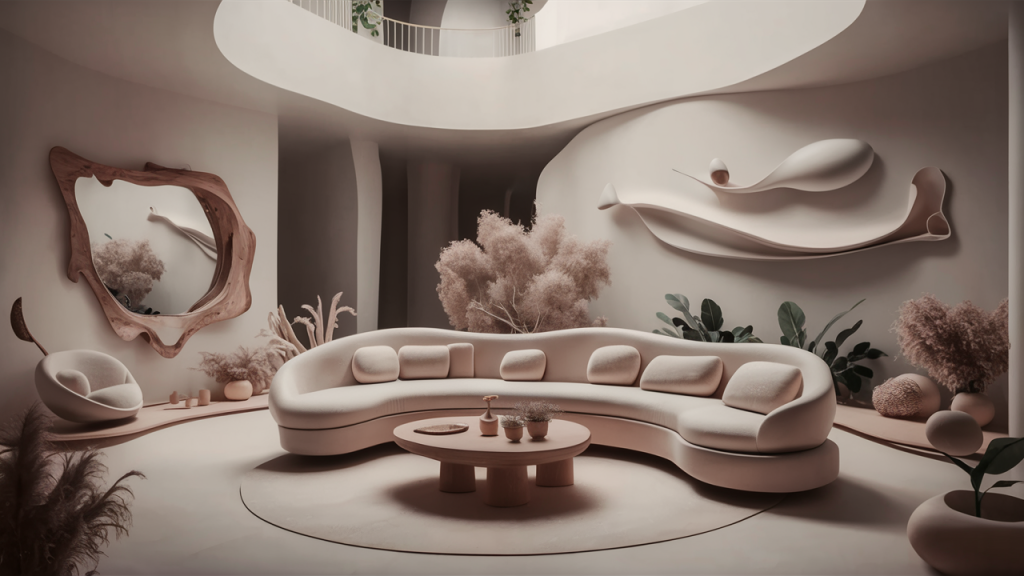Have you ever felt stuck with rigid, boring designs? I’ve been there too.
In this article, I’ll show you the power of organic shapes – those flowing, natural forms that bring designs to life. You’ll discover where to find them, why they work, and exactly how to use them in your projects.
I’ve spent years studying how organic shapes transform ordinary work into something special. If you’re a designer, artist, or just someone who appreciates beauty, these principles will help you create more engaging, human-centered designs.
Why trust me? My organic approach has helped hundreds of creators break free from the tyranny of the perfect square. The methods I share are proven to work for beginners and experts alike.
If you’ve been searching for ways to make your designs feel more natural and appealing, you’re in the right place. Let’s explore the wonderful world of curves, flows, and natural forms together.
What Are Organic Shapes?
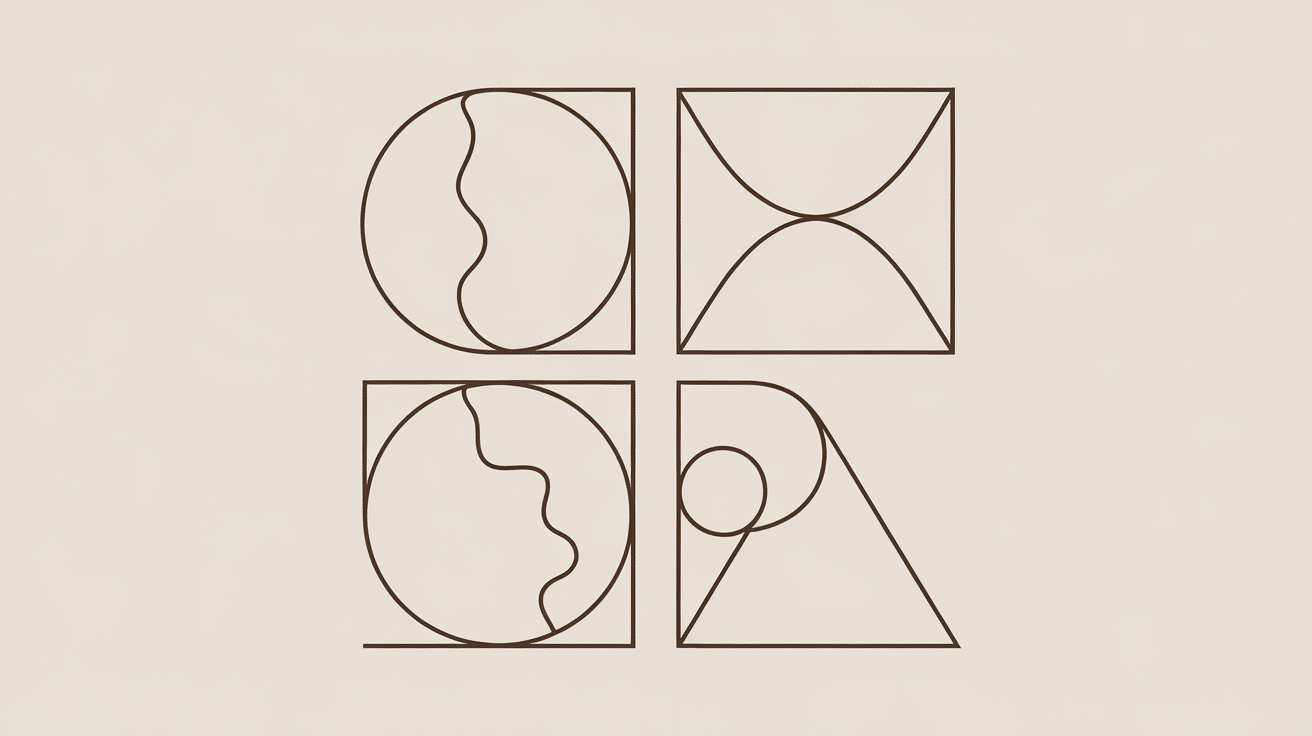
Organic shapes are irregular, free-flowing forms that mimic what we see in nature. Unlike geometric shapes with their perfect symmetry and mathematical precision, organic shapes are:
- Asymmetrical
- Curved
- Irregular
- Fluid
Think of a puddle of water, the outline of a cloud, or the unique pattern of a leaf. None follow strict rules or perfect measurements.
These shapes feel natural because they are natural.
Organic Shapes in Nature
Nature rarely creates perfect circles or straight lines. Look around you.
Cloud Formations
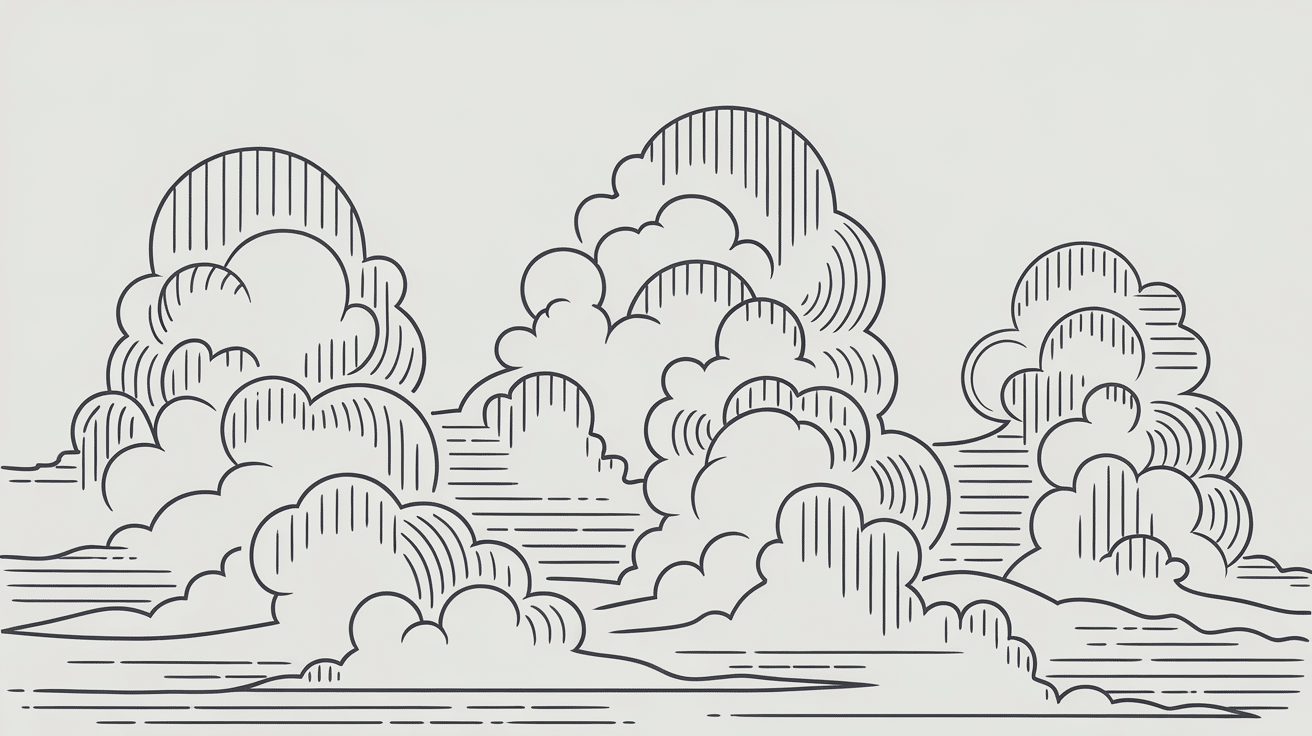
Clouds’ ever-changing shapes demonstrate organic forms in motion. No two clouds are identical, yet we can recognize patterns within their billowing structures.
Plant Life
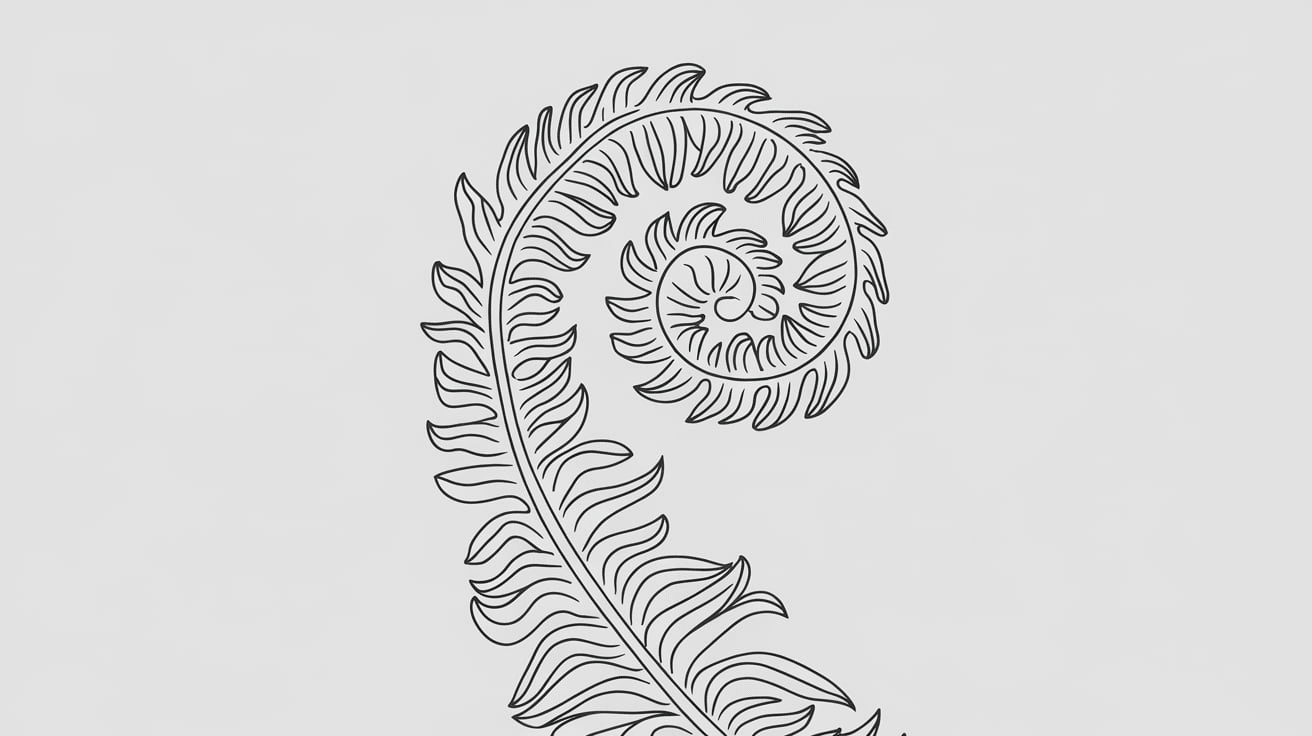
Examine a fern frond with its spiral unfurling. Or the branching patterns of trees that follow the Fibonacci sequence. Even the simplest leaf has an organic outline that’s perfectly imperfect.
Water Patterns
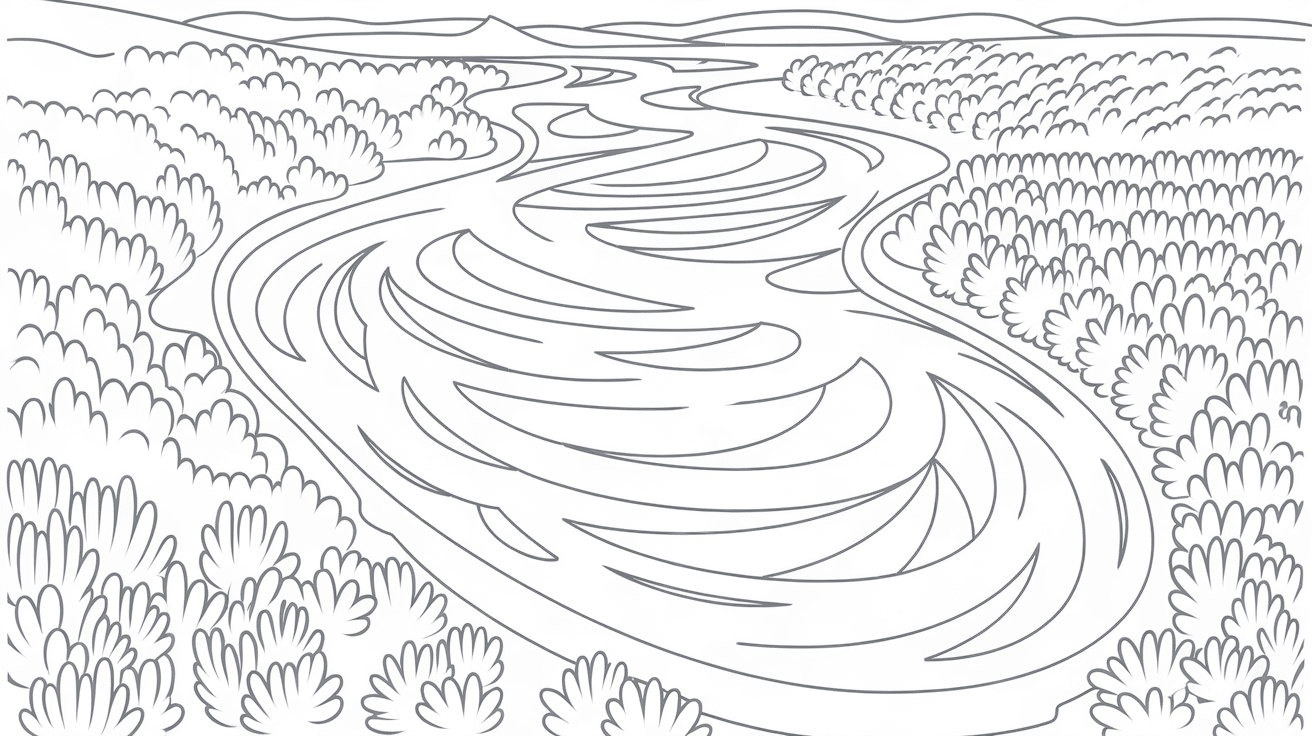
Rivers carve organic paths of least resistance, ocean waves create hypnotic curves, and even a drop of water on a surface forms a perfect organic dome.
Animal Forms
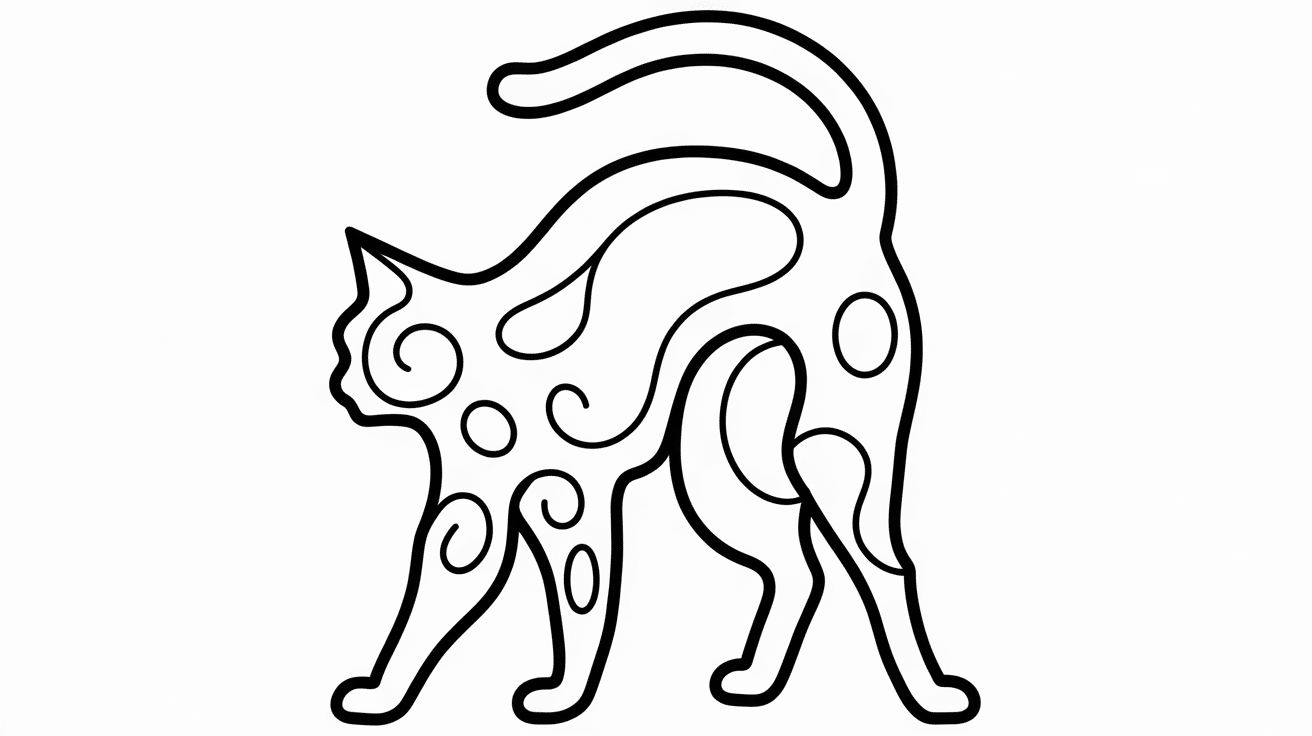
The curved spine of a cat stretching, the flowing lines of a fish, the unique pattern of a giraffe’s spots—these organic shapes serve both function and beauty.
I’m always amazed by how these natural shapes follow hidden mathematical principles while appearing completely free-form.
Organic Shapes in Art and Design
Natural forms have always inspired artists and designers.
Art Movements
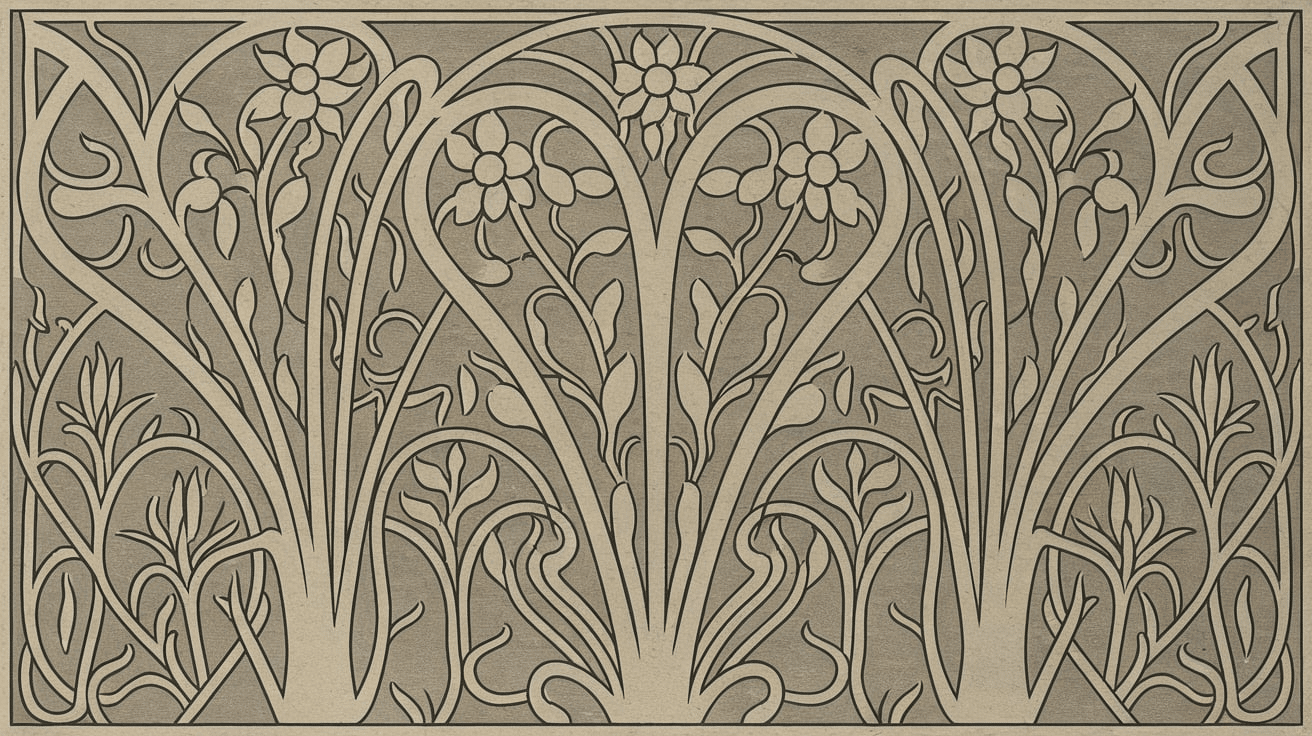
Art Nouveau celebrated flowing, plant-like curves in everything from posters to architecture. Surrealism embraced organic, dreamlike shapes that defied logic. Abstract Expressionism used organic gestures to convey emotion rather than represent objects.
Architecture
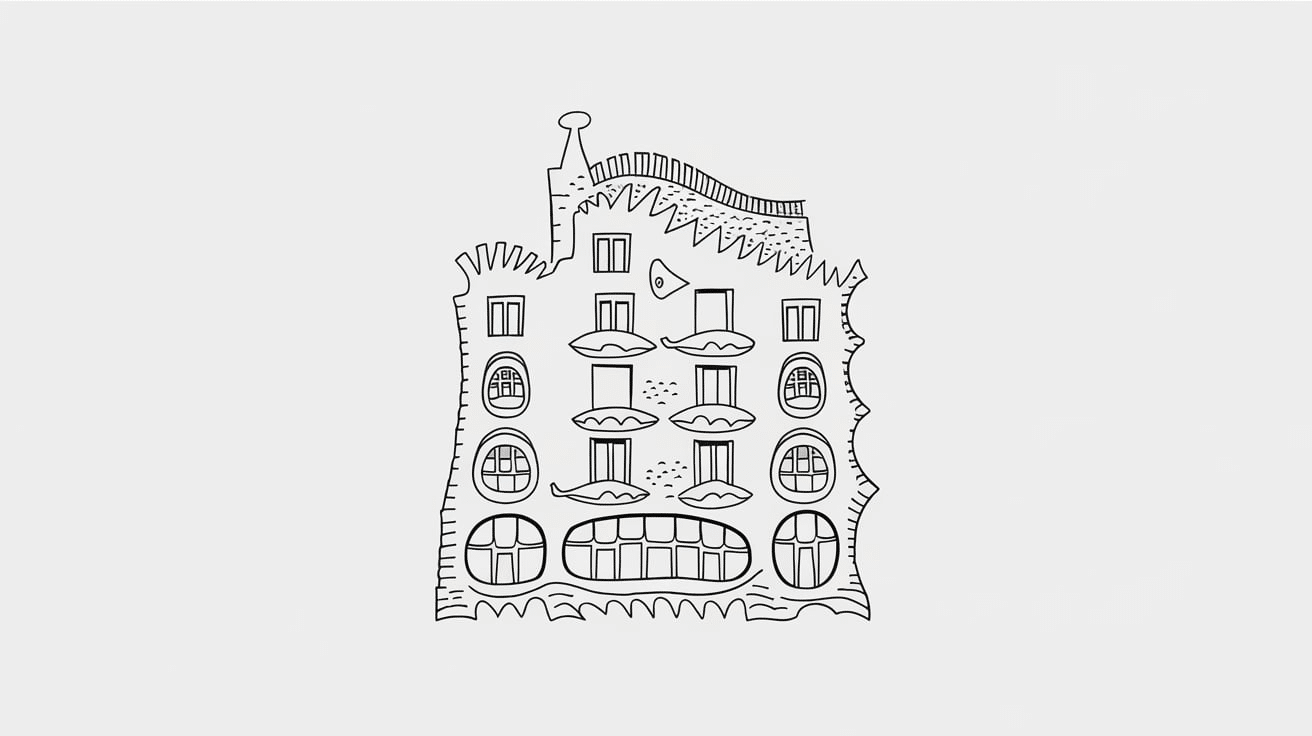
Antoni Gaudí’s buildings in Barcelona look like they grew naturally from the earth. Their melting facades and twisted columns mimic bone and plant structures. Zaha Hadid’s fluid designs reject right angles in favor of sweeping curves that seem to defy gravity.
Furniture Design
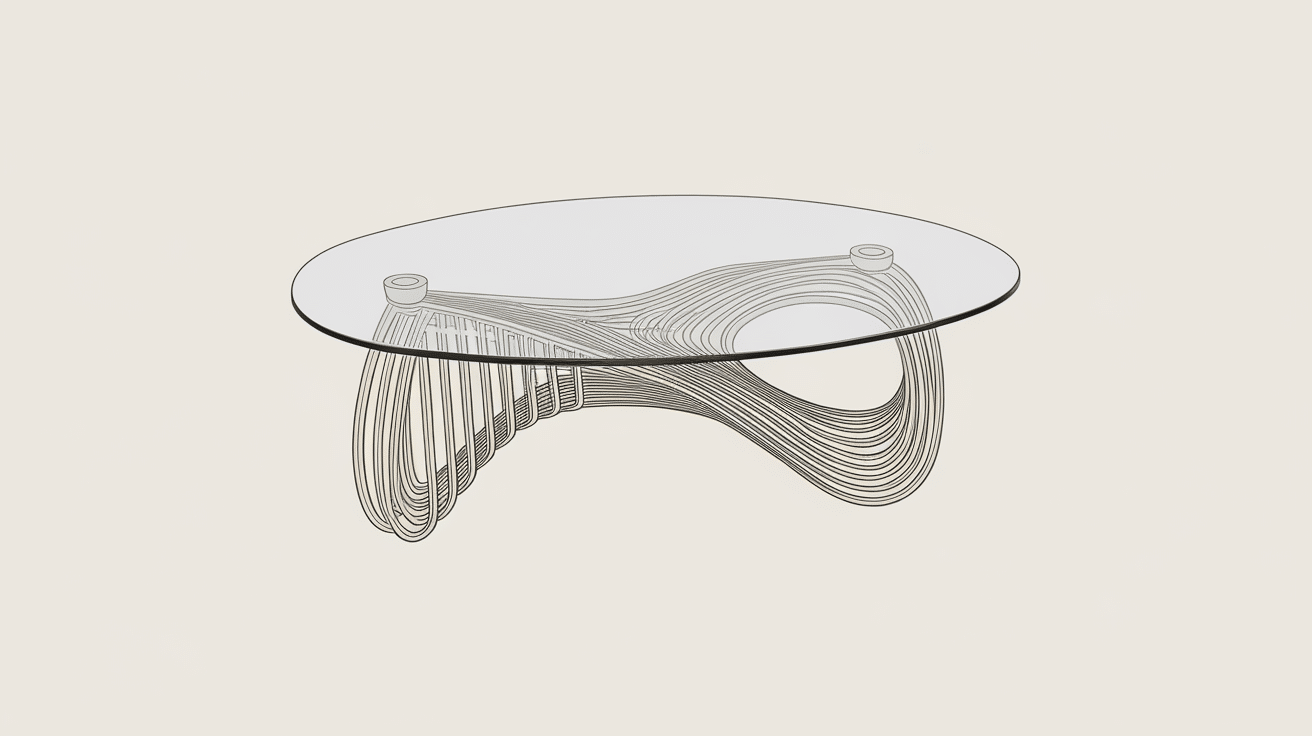
Isamu Noguchi’s coffee tables feature organic, biomorphic shapes that transform a functional object into art. Charles and Ray Eames created chairs that follow the organic curves of the human body, proving that organic shapes enhance comfort.
Fashion
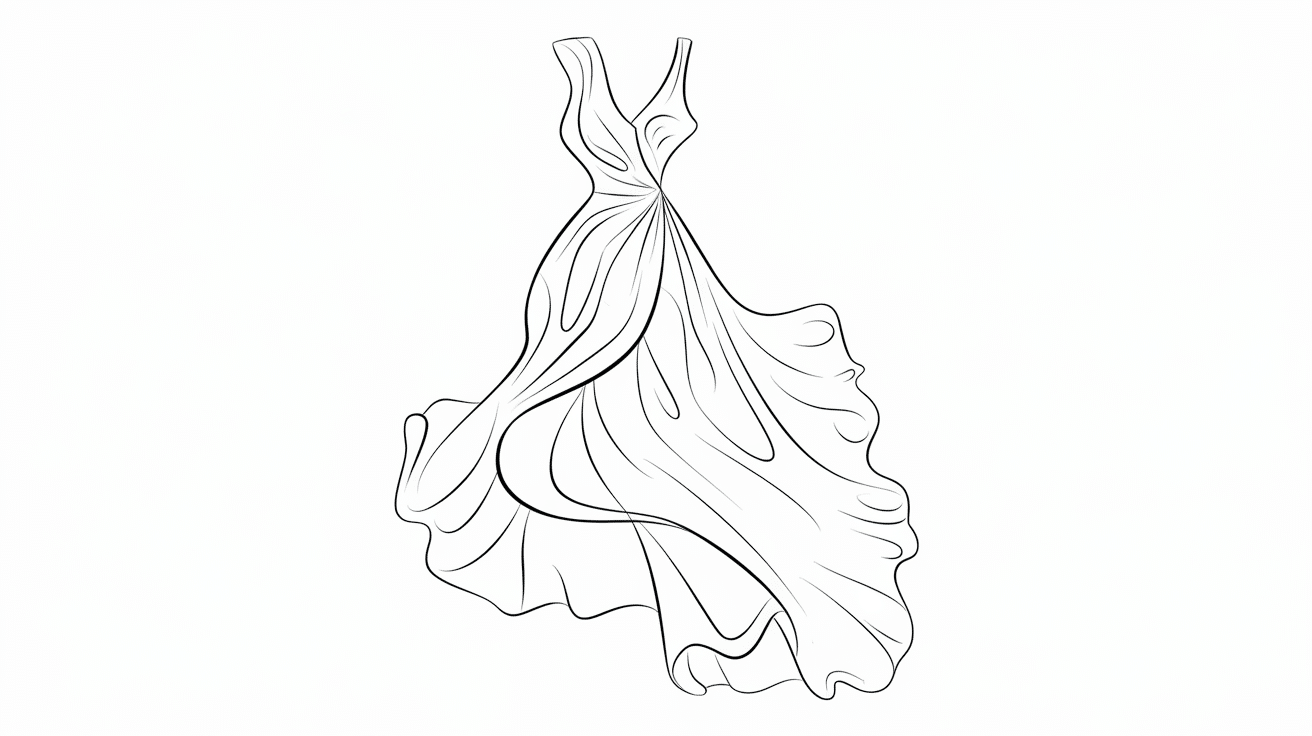
Alexander McQueen transformed natural inspirations like butterfly wings and coral reefs into dramatic organic silhouettes. Even everyday fashion employs organic shaping in the curves of jeans, the drape of fabrics, and the ergonomic design of footwear.
I love how organic shapes bring warmth to the design. They make spaces feel more human and less machine-made.
Organic Shapes in Everyday Objects
Look at the objects around you right now.
Kitchen Tools
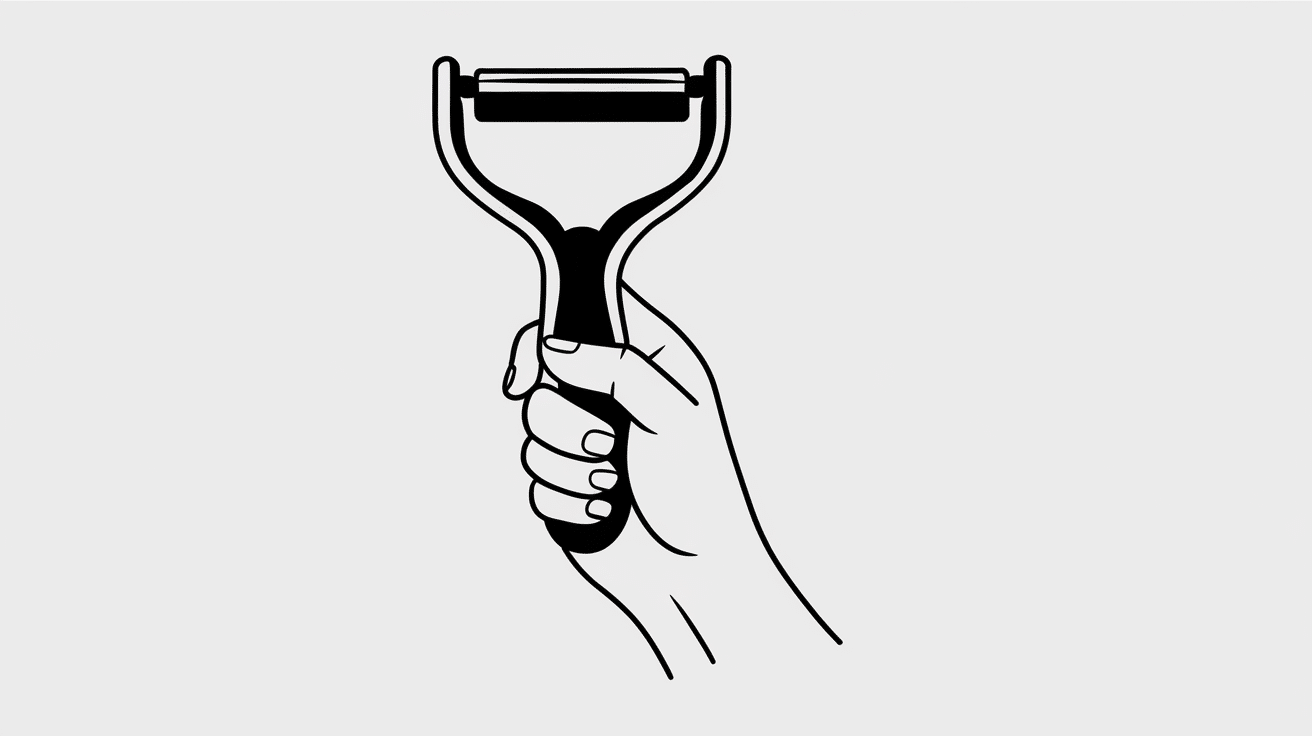
The handle of your knife curves to fit your grip. A ceramic teapot mimics the round belly of ancient water vessels. Even the splash of milk in your coffee forms a momentary organic pattern.
Technology
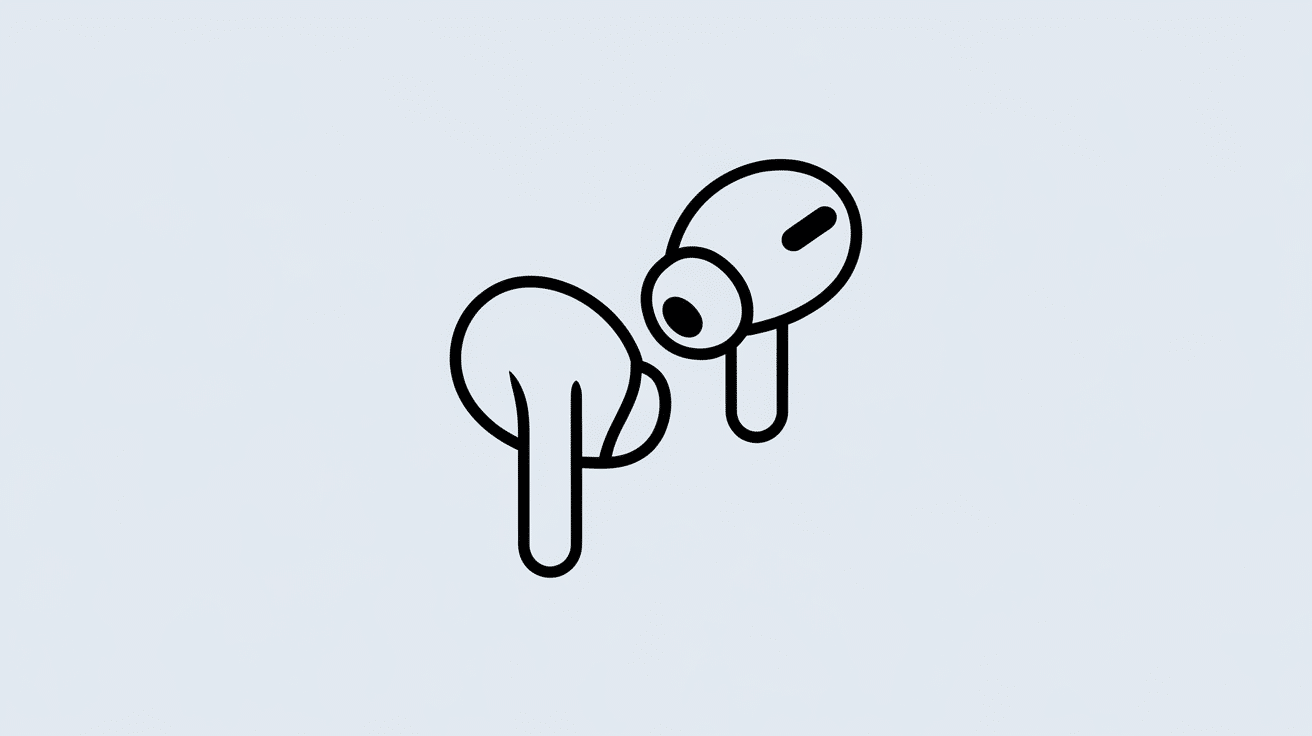
Your smartphone has rounded corners that feel natural in your palm. Your headphones curve to follow the shape of your ears, and the ergonomic mouse under your hand was designed to match the organic shape of your relaxed fingers.
Transportation
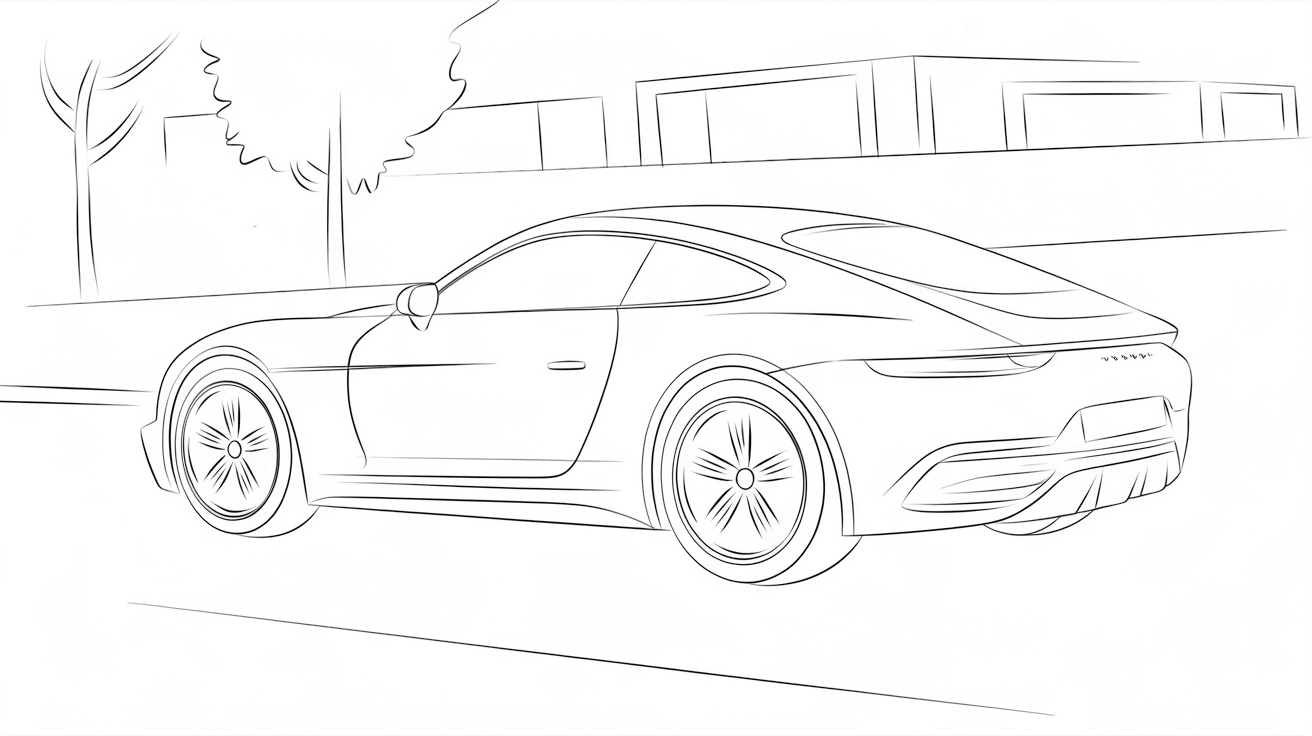
Modern cars feature flowing lines that both reduce drag and please the eye. Bicycle frames balance geometric strength with organic curves. Even traffic patterns follow organic flow principles during rush hour.
Home Furnishings
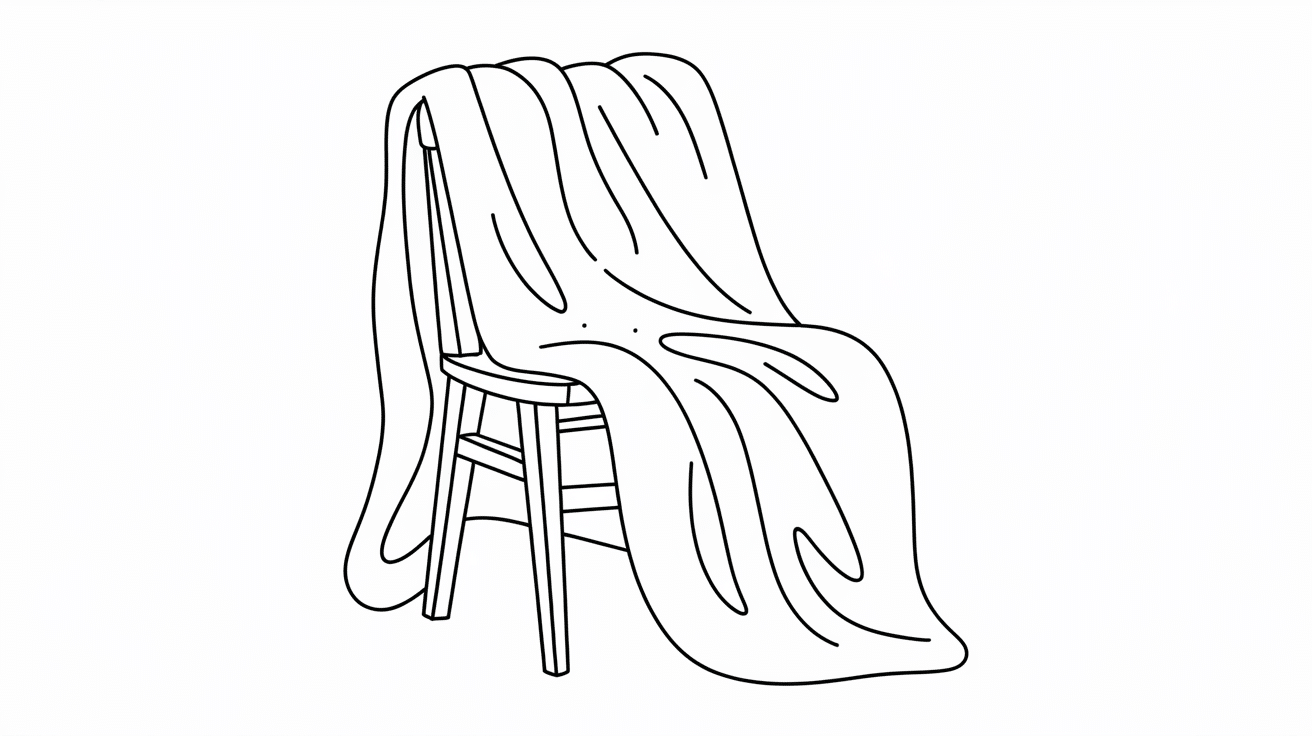
Sofa cushions compress into organic shapes when you sit. Throw blankets create natural folds when draped. Handcrafted pottery preserves the organic movement of the potter’s hands.
These shapes aren’t just pretty—they’re functional. They fit our bodies and please our eyes because we evolved in a world of organic forms.
Organic Shapes in Digital Media
Digital design once favored rigid grids and perfect pixels. Not anymore.
Web Design
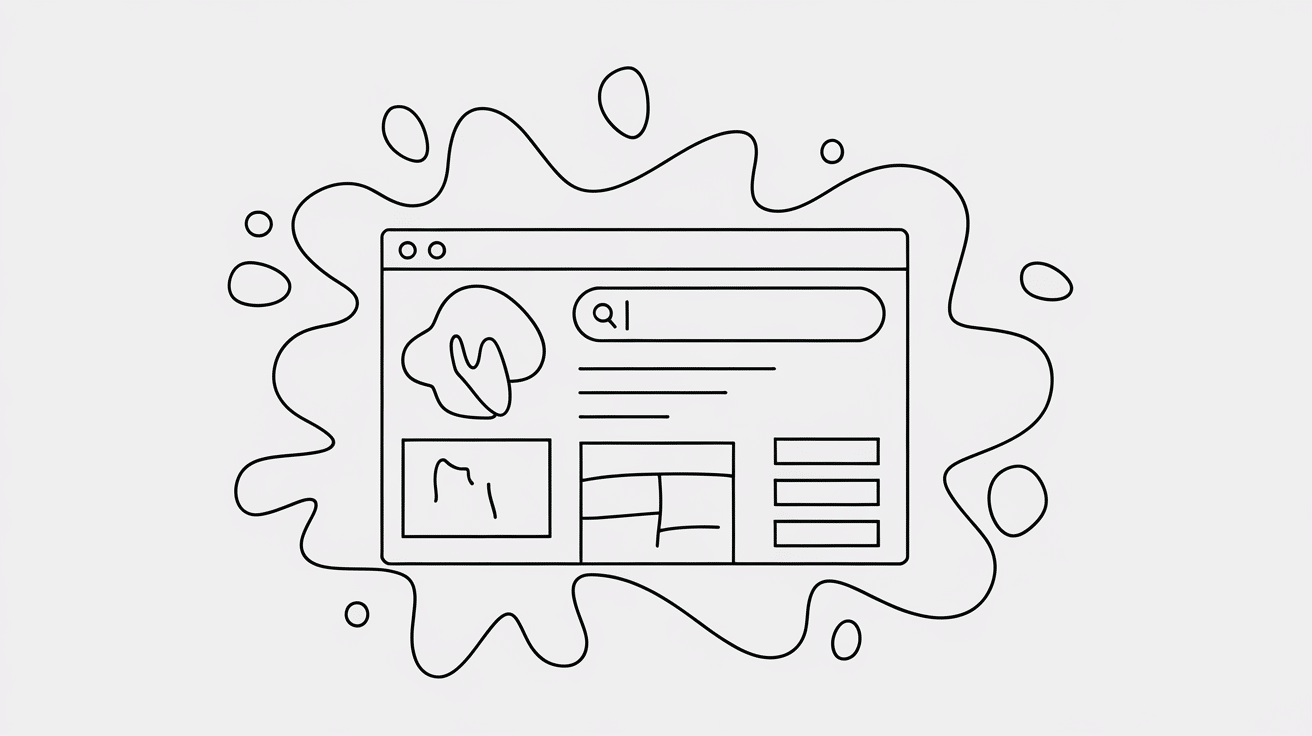
Modern websites embrace blob shapes that float behind the content, adding depth and visual interest. Hero sections feature curved dividers instead of straight lines. Scrolling animations mimic natural physics with organic easing.
UI Elements

App buttons have rounded corners that feel more touchable. Toggle switches move with natural-feeling animations. Loading indicators pulse or flow like water instead of mechanically rotating.
Illustrations
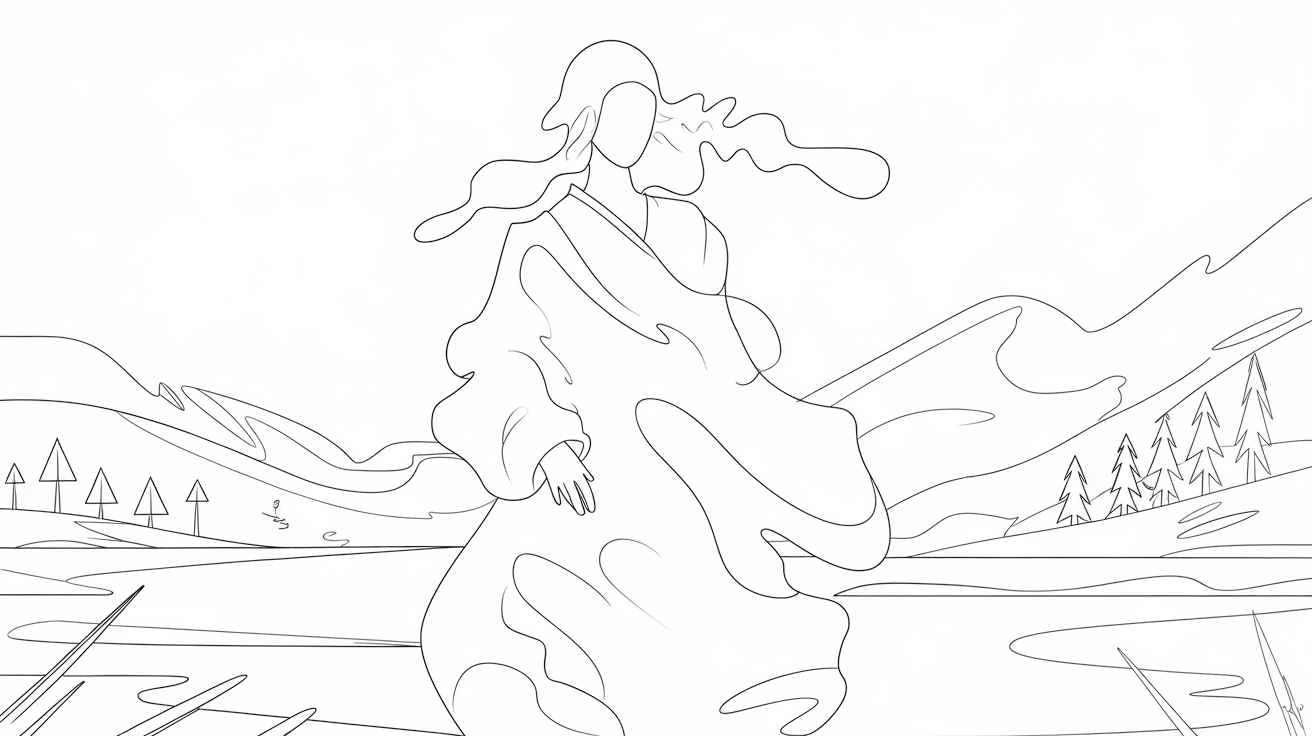
Digital illustrations increasingly use textured brushes that mimic natural media. Character designs favor organic silhouettes over geometric precision. Background elements often echo natural landscapes with organic horizon lines.
Motion Design
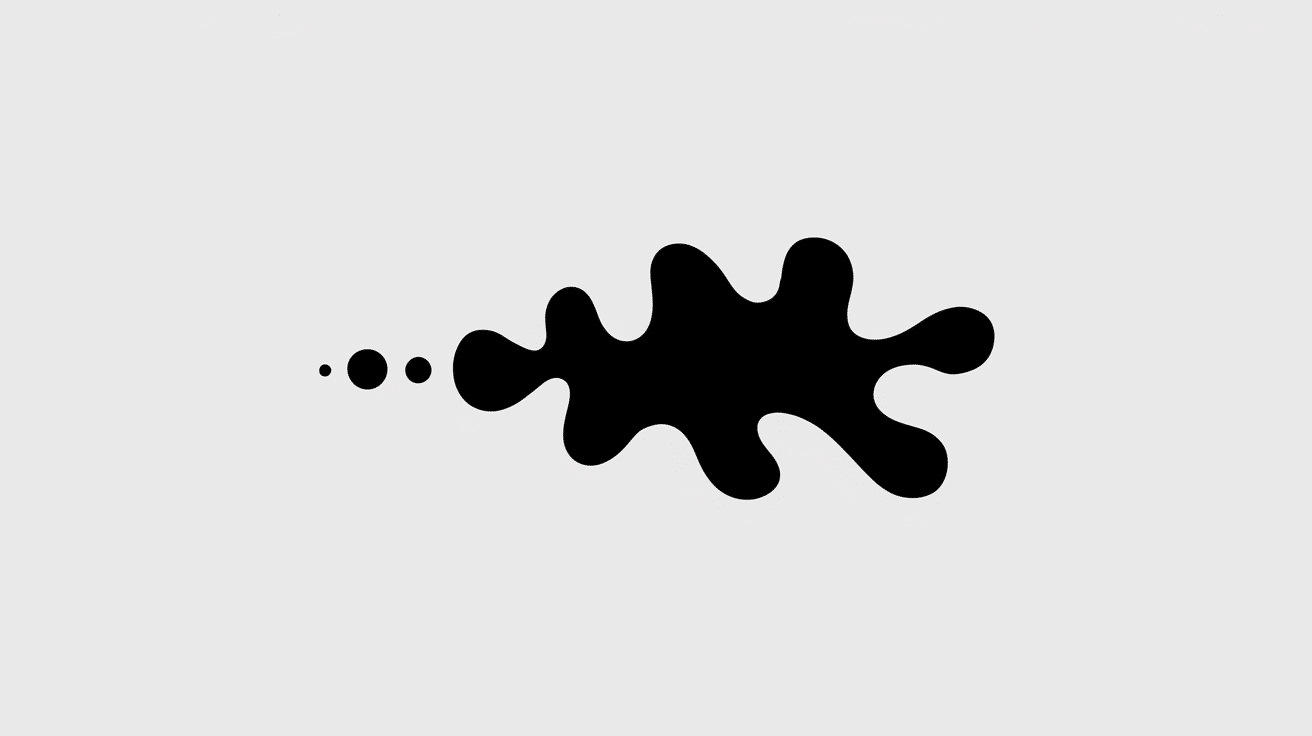
Animations follow principles from nature, like water ripples or leaf movement. Transitions between screens use organic wipes rather than mechanical slides. Even text appears with natural-feeling momentum rather than robotic precision.
I’ve found that adding just one organic element to a digital design can make it feel more approachable and human in an increasingly digital world.
Psychological Impact of Organic Shapes
Why do we respond to organic shapes? Science offers some answers.
Our brains are wired to recognize natural patterns. Sharp angles can trigger our threat response, while curves feel safe.
Organic shapes can:
- Reduce stress
- Increase focus
- Improve mood
- Create emotional connections
Next time you’re somewhere that feels especially comfortable, notice the shapes around you. Chances are they’re organic.
How to Use Organic Shapes in Your Projects
Ready to bring organic shapes into your work?
Here are my favorite ways:
- Start with a doodle: Don’t overthink it. Let your hand move freely across the page.
- Look for inspiration in nature: Take photos of interesting natural shapes and patterns.
- Break the grid: If you’re designing something digital, allow elements to flow beyond rigid layouts.
- Mix geometric and organic: The contrast can be powerful.
- Use organic shapes for emphasis: They naturally draw the eye.
You don’t need to be an artist to use organic shapes. Even simple hand-drawn lines can add character to your work.
Conclusion
The power of organic shapes lies in their connection to our natural world.
When you embrace these flowing forms, your work transforms. Colors feel richer, layouts breathe, and messages connect more deeply.
I’ve seen this magic happen countless times.
Start small—add one organic element to your next project. Notice how it changes everything around it. Then, build from there.
Remember, perfection isn’t the goal. Nature isn’t perfect. It’s wonderfully, beautifully imperfect.
And that’s exactly why it works.
Frequently Asked Questions
Can Organic Shapes Improve Conversion Rates on Websites?
Yes! Studies show organic elements can increase user engagement by making interfaces feel more approachable and human.
How Do I Balance Organic Shapes with Brand Guidelines?
Start by incorporating organic shapes in accent elements while keeping primary brand elements consistent with guidelines.
What’s the Biggest Mistake People Make with Organic Shapes?
Overcomplicating them. The most effective organic shapes are often the simplest ones with subtle variations.
Do Organic Shapes Work Better in Certain Color Schemes?
They shine in any palette, but natural color gradients often enhance their effect by mimicking what we see in nature.
How Can I Create Organic Shapes if I’m Not Good at Drawing?
Try photography! Capture shadows, water ripples, or leaf outlines, then trace or simplify these forms digitally.


